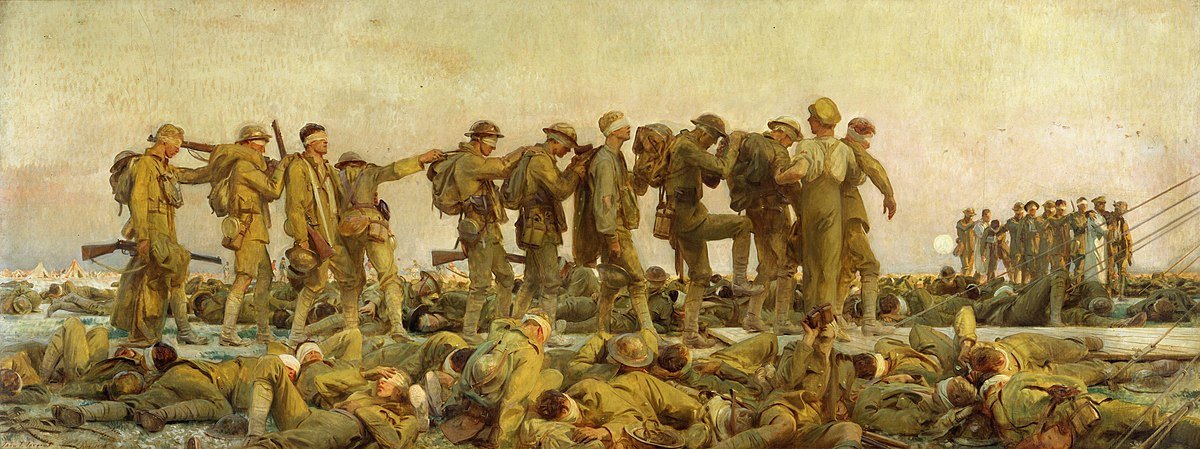Paintings of Types of Mary and the Annunciation from the Old Testament
Today and next Tuesday, my regular posting days for the NLM, straddle the Feast of the Annunciation on March 25th
So for these two weeks, I will post paintings that illustrate not just the event itself, but some of those events from salvation history that are brought to mind when we contemplate its meaning. These are intended as meditations that anticipate and then reflect upon the feast during the octave.
I will quote ancient liturgical hymns that, drawing on the teaching of the Church Fathers, make these connections explicit.
The Annunciation painting below is by Guido of Siena who painted in the 14th century in tempera on a wooden panel. The Virgin stands in an enclosed garden the 'hortus conclusus' near a tower—symbols of her purity taken from the Song of Songs.
We see beyond the wall a tree with a branch. This is perhaps, it occurs to me, an allusion to the Tree of Life, from which we are entitled to eat as a result of Mary's Fiat. Perhaps the smaller branch represents the Tree of the Knowledge of Good and Evil from which Adam and Eve ate to cause the Fall. Mary is known as the new Eve, just as Gabriel is the anti-type, so to speak, of the serpent, a fallen angel.
From Great Vespers on the eve of the Feast:
Today Gabriel made the announcement to the Woman full of grace and said: "Hail, O pure Maiden and Bride ever pure! Do not be disturbed by my unusual appearance, do not be dismayed: I am an archangel. The Serpent deceived Eve in days of old, but now I bring you glad tidings: you shall give birth to the Lord, O pure one, and you shall remain incorrupt.
I found one image, a rudimentary woodcut from the late 15th century, that depicts the temptation of Eve so as to suggest this parallel. The serpent is portrayed as a debased and grounded angel.
From Orthros, morning prayer, on the 25th is sung:
The eternal mystery is revealed today. The Son of God becomes the Son of man. By sharing in what is imperfect, He makes me share in what is perfect. Of old, Adam disobeyed: he wished to become God, but failed. Now God becomes man that He might make Adam god. Let the creation rejoice, let nature sing with joy; for the Archangel stands before the Virgin with great respect and greets her with good news that tasks away our sorrow. O our God, who took flesh in Your merciful compassion, glory to You!
Here is a painting of the Harrowing of Hell, when Christ saves Adam and Eve amongst the many and draws them to heaven.
Above is a 16th-century portrayal of the Harrowing of Hell by Jacob van Swanenburg. The saved are moving upwards, seen in the distance through the lighted archway in the center.
Finally, from Orthros here is a litany of praises, giving Mary various titles that are relevant on this day:
Hail O Theotokos, deliverance from the curse of Adam. Hail, holy Mother of God! Hail living Bush! Hail Lamp! Hail Throne! Hail, Ladder and Gate! Hail divine Chariot! Hail swift Cloud! Hail Temple! Hail, Vessel of gold! Hail, Mountain! Hail, Tabernacle and Table! Hail, O release of Eve!
Incidentally, here is a painting of the 19th/20th century neo-baroque artists John Singer Sargent. It is not of the Harrowing of Hell or of any religious theme. It is one that I have featured before called Gassed and is a monumental painting of troops being led away from the battlefield after being blinded by mustard gas in World War One. It uses the same style of imagery as von Swanenburg above. This coincidence is not, I imagine because Sargent was making deliberate parallels between this scene and Salvation History, but because both artists are using the same template of the visual vocabulary of the baroque tradition , specifically here the contrast of light and dark. This visual vocabulary was developed to communicate Christian hope that is present in evil and suffering.






